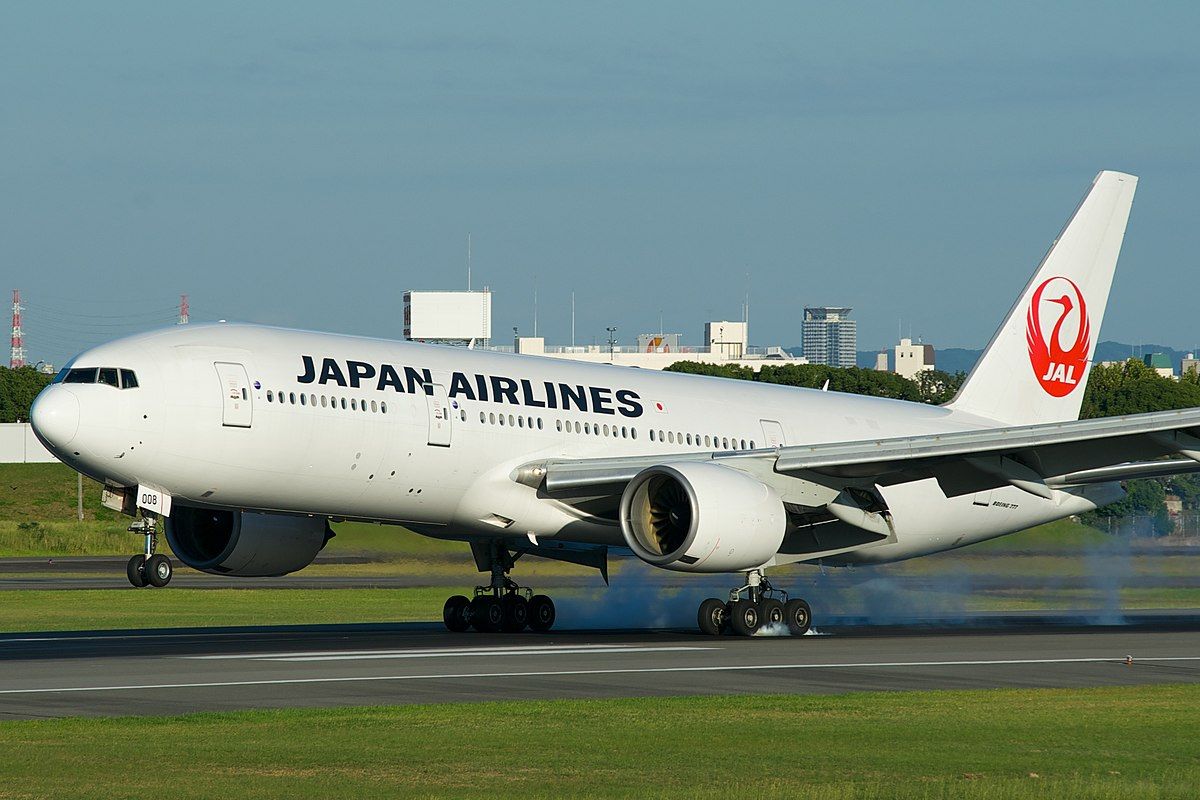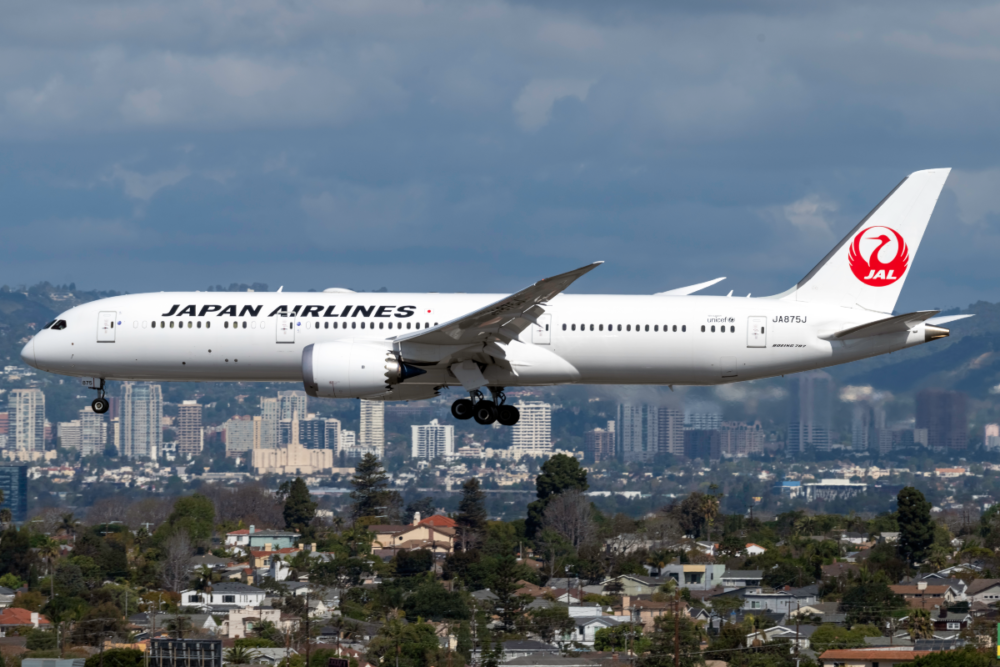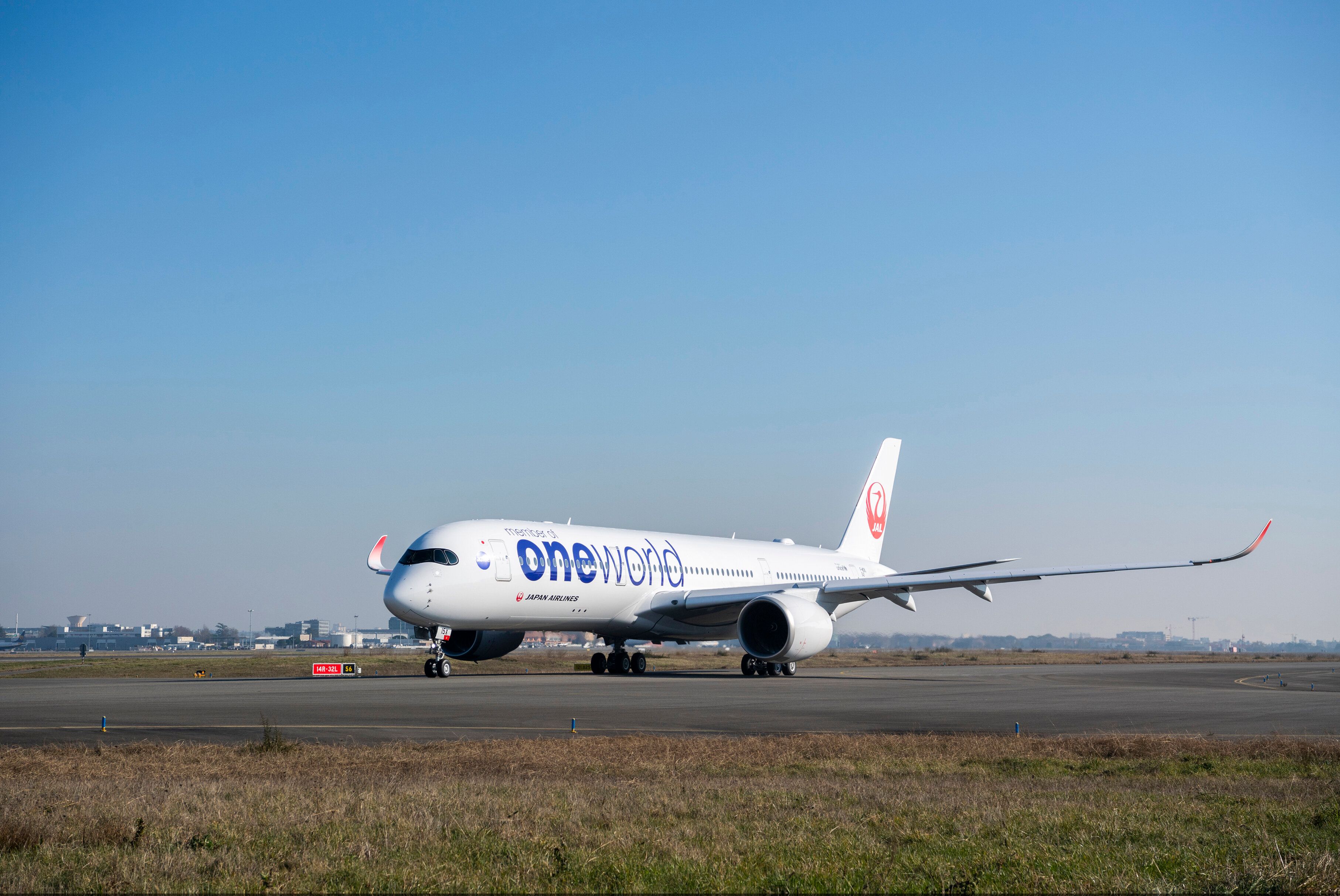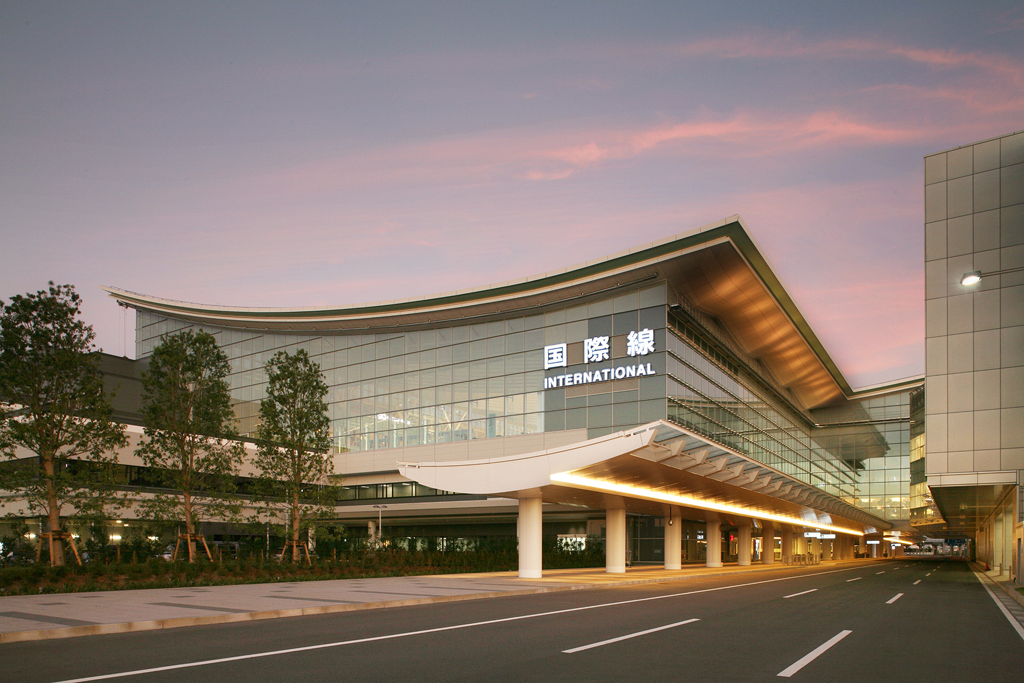A Japan Airlines flight was forced to return to Tokyo Haneda Airport on Tuesday due to a problem with one of the aircraft’s engines. The Boeing 777-200ER (registration JA709J) was operating flight JL903 from Tokyo Haneda to Naha in Okinawa, with 300 passengers onboard.
The incident began shortly after take-off as the aircraft leveled off at FL400, when the flight crew reported an issue with the left-hand engine. They decided to shut the engine down and return to their departure airport. The aircraft landed safely on runway 23 at Tokyo Haneda, around 75 minutes after departure.
The flight was subsequently swapped onto a different aircraft, an Airbus A350-900 (registration JA05XJ), and arrived in Naha with a delay of approximately four hours.
While further details about the incident remain unclear, Japan’s Ministry of Transport has confirmed that there was no engine fire. Simple Flying has reached out to Japan Airlines for comment.
The incident comes just a day after the airline reported a loss of ¥19.5 billion ($146 million) for the period April to June 2022. Japan Airlines has been hit hard by the pandemic, and the subsequent slow opening of the country’s borders - currently, only tourists traveling in organized groups are able to enter the country.
A closer look at JA709J
According to data from ch-aviation.com, the Boeing 777-200ER that was operating the flight to Naha is almost 18 years old. JA709J was delivered new to Japan Airlines in September 2004.
Based at Tokyo Haneda, the aircraft is used primarily to fly domestically, and in recent days has operated sectors to Sapporo (CTS), Fukuoka (FUK), and Naha (OKA).
The aircraft is one of five Boeing 777-200ERs in Japan Airlines' fleet. The aircraft are expected to be retired by 2023, and replaced by the Airbus A350. The airline currently operates 16 Airbus A350-900s, with two more on order, and has an order for 13 Airbus A350-1000s. The larger -1000 variants are expected to be used on international flights, and the -900s on domestic flights.
Discover more of the latest aviation news with Simple Flying.
Japan Airlines’ Boeing 777-200ERs seat a total of 312 passengers in a two-class configuration – 286 passengers in economy class and 26 in business class. The airline’s Airbus A350-900s come with two different seating configurations, seating a total of either 369 or 391 passengers.
The world's best domestic airport
Flight JL903 departed from Tokyo Haneda Airport, one of two airports serving the Greater Tokyo region, the other being Tokyo Narita Airport. Pre-pandemic, Tokyo Haneda Airport was the fourth-busiest airport in the world, handling over 87 million passengers in 2018 (after Hartsfield-Jackson Atlanta International Airport, Beijing Capital International Airport, and Dubai International Airport).
According to Skytrax, Tokyo Haneda is the best domestic airport in the world, and the second-best airport in the world, following Doha’s Hamad International Airport.
Have you had an engine shutdown or similar incident on a flight? Share your experiences by commenting below.



.jpg)

